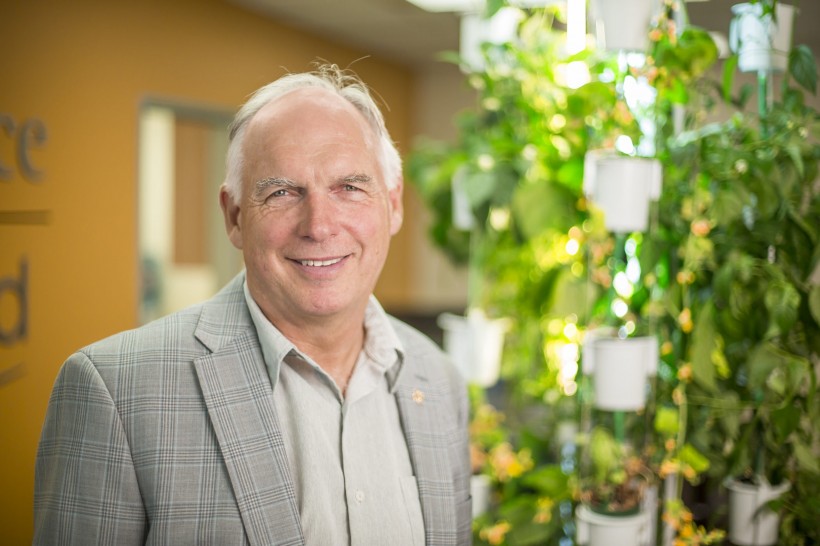Focusing increasingly on the export market, Seaforth Energy Inc., the Dartmouth-based maker of 50-kilowatt wind turbines, has recently completed installations in Scotland and Italy and is ramping up its sales effort in the Caribbean.
The company is in the midst of installing 11 of its AOC 15/50 turbines in Nova Scotia in a five-month period that will end in March, developed under the province’s community feed-in tariff, or Comfit, program. That program encourages communities to finance and develop renewable energy projects and sell the energy to Nova Scotia Power at a fixed rate.
Seaforth is undoubtedly a beneficiary of the program, but the company is focusing more on its export effort and in November installed four machines in Italy and two in Scotland. With the Comfit program winding down in about 18 months, Seaforth plans to sell entirely in the export markets, starting in the middle of 2014, and has identified the U.K., Italy and the Caribbean as its main markets.
“We’ve been investing a lot of effort in the Caribbean in the last three months because electricity is inherently expensive there,” said CEO Michael Morris in an interview. He said the islands’ electricity rates range between 48 to 60 cents per kilowatt hour, about three to four times as much as Nova Scotia’s rates. “There’s a market where we can compete in price.”
Most electricity in the Caribbean is produced by diesel-fired generators, and it is incredibly expensive to ship diesel to the islands. So officials in the Caribbean are keen to find other sources of energy, and Seaforth’s “small wind” turbines are ideal in the sparsely populated, tourism-focused islands.
Morris said resorts should prove ideal customers because many have their own diesel generators and could cut costs by installing the 50-kW turbines.
Italy and Britain are attractive markets because the two European countries have feed-in-tariff programs similar to that of Nova Scotia, though without the community component.
In Nova Scotia, Seaforth and its customers are now waiting for a ruling from the Nova Scotia Utility and Review Board to approve the template of the power purchase agreements between the community energy companies and Nova Scotia Power. Once that is approved, the Seaforth turbines will be activated.
As it plans its export strategy, Seaforth plans to focus on jurisdictions with feed-in tariffs and those with expensive electricity, and those with no or negligible electricity. That means it could develop markets in Northern Canada, or in parts of Africa, China or India.
The company has received $2.55 million in equity investment from Innovacorp, including a $2-million tranche last March.
Morris admits that in the past the company lacked the resources to fully service the turbines it installed, but with the investment last year it has focused on working with the owners of the machines to ensure they are properly maintained.
He added the company will probably look for further equity investments in the next year to 18 months, but added it is too soon to set a target for the fundraising.







